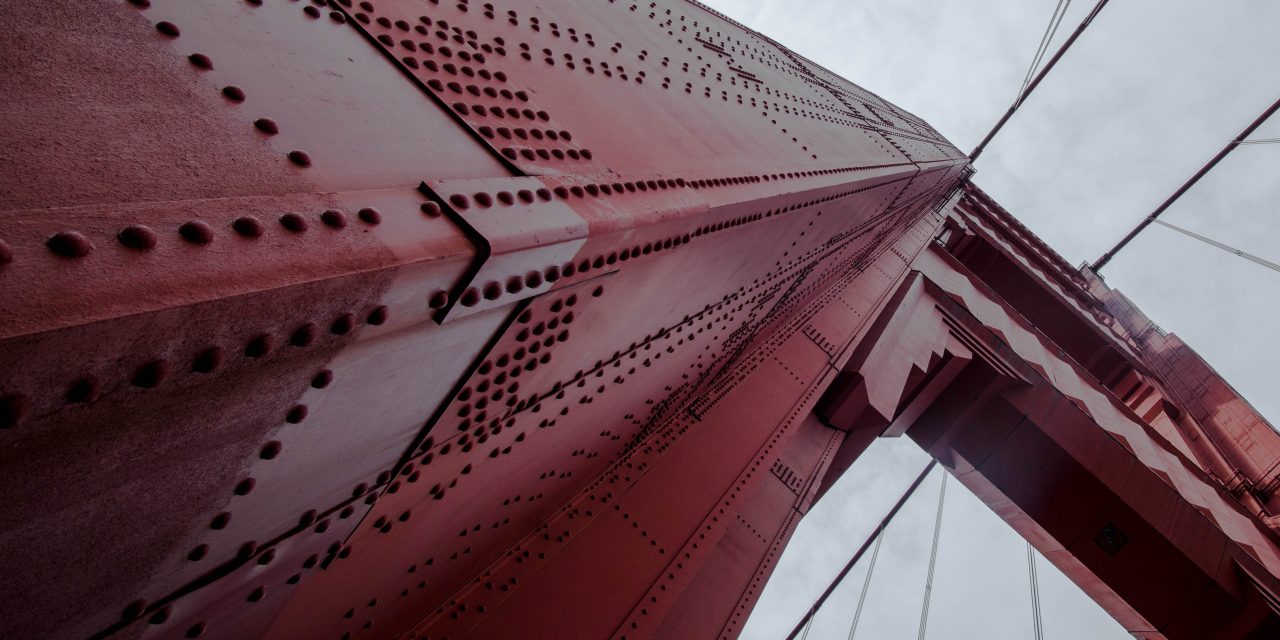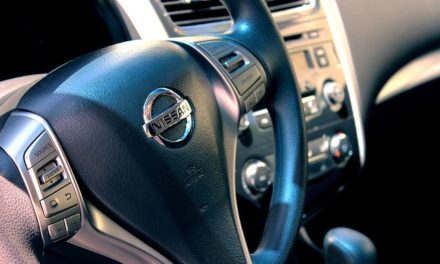In March the US Department of Transportation ratified a long-expected $200 million credit to complete a major repair project on the bridge between Nice and Middleton. Maryland administration received money under a low-interest credit, thanks to the TIFIA program.
The reconstruction of over 80 years old bridge began two years ago. After the overdraft was ratified, there appeared a chance that by early 2023 cars would be able to travel faster from Maryland to Newborg, including, hired cars. For example, you can use the services of van rental in Charles County or King George, using a shorter route to the south of the United States. The good news is that most rental companies provide their services quickly and inexpensively. In this case, you can rent a car for your trips.
As reported earlier, three years ago in November, the Ports agency agreed with a local company to map out and build the new US 301 bridge.
Last December, the MDTA management outlined that the bridge is now 72% complete and enables 500 people to earn a salary. There is no money to continue the reconstruction, and they cannot and do not know whether they will be able to get a new loan. Officials at MDTA suggested that the delays were due to a bicycle and footpath that the state did not want to build on the new construction.
However, in March, it was declared that a loan had been obtained under the loan program TIFIA, which covers part of the project. Moreover, Virginia is also willing to contribute about $13 million. At the same time, officials plan to repay the loan from the profit from the fare, which comes to the MDTA.
As William Pines said, MDTA’s acting CEO, the TIFIA’s money is just another step in the Nice/Middleton footbridge project.
More security and bandwidth
The current structure was opened at the end of 1940, connecting the two states of the United States by road 301. The ferry was the shortest route between the big capitals and served as the main place in the travel of many prominent Americans, including George Washington, George Mason, and others.
Interestingly, President Franklin D. Roosevelt himself was involved in laying the foundation of the platform in 1938. The bridge is 3.9 miles long. In 1967 it was renamed after Maryland Governor and State Senator from Charles County.
As early as 2016, Gov. Larry Hogan Jr. announced plans to build a wider and safer construction, renovating the old span. The construction company commissioned four lanes instead of two, combining them with highways in Virginia and Maryland. It is planned that the structure will be 12 feet wide and each lane will be 2 feet wide. This will increase capacity and welfare.
From the beginning, Governor Larry Hogan promised that the platform would have lanes for cyclists and pedestrians. However, it was later decided to abandon these plans to reduce costs. Naturally, cyclists were not enthusiastic about such a decision. In response to negative objections, MDTA officials say they have invested $2 million in easy connection of the carriageway, intelligent transport systems: lighting and signs to allow cyclists to move safely along car lanes. They also plan to eliminate security problems when changing lanes at toll points by replacing them with a fully electronic toll system.
At the same time, the bridge will also be higher. After the reconstruction, even big ships will be able to pass easily along the Potomac River. There are also plans to grow oysters in the lower reaches of the waterway.
The builders expect that the new structure will last at least 100 years.
The old bridge is planned to be removed after completion. The state abandoned the idea of keeping the old span as a bicycle and pedestrian crossing, as Charles County was unable to maintain it on its own. Although previously, a group of cyclists had approached Maryland officials with a proposal to create a unique vacation spot there. But according to the administration, transforming the bridge into new functions is more difficult than it seems. Parts of the old span will not be wasted – they will be used to create an artificial reef for fish.







As an avid cyclist I was very disappointed to see the dedicated cyclist/pedestrian eliminated from the design despite the original promises. It will be another 100 years before there is an opportunity to connect these two areas of Virginia and Maryland.
Just look at the National Harbor and you will see how an area can be rapidly changed. The dedicated path on the Wilson bridge accommodates cyclist tourism from both sides to explore the National Harbor and Alexandria. Bicycle commuters are also more frequently using this path.
No amount of lighting or signage will make this new bridge safe for pedestrians or cyclists to cross–in the lane!–with automobiles and large trucks running 60+ mph. Those proposing these solutions have obviously never ridden a bicycle on a roadway.
As a taxpayer, though, I can not fault the decision to not retain the existing bridge as an alternate path for pedestrians and cyclists. This would not be a safe alternative and the maintenance requirements would be excessive.